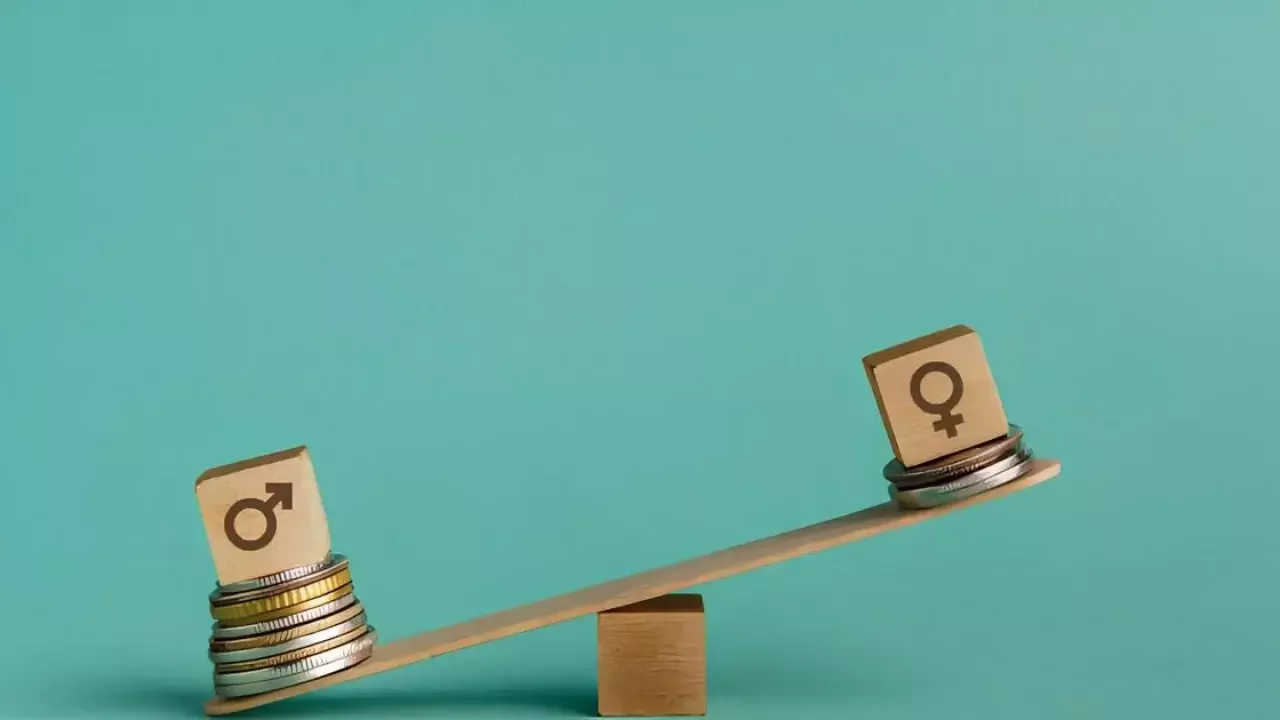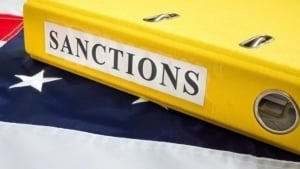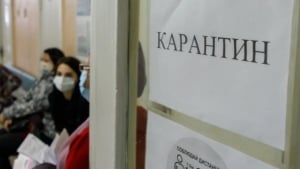
According to the updated report by the International Labour Organization (ILO), the gender wage gap in Pakistan has further solidified, and the country is assessed as having one of the worst disparities between men’s and women’s wages in the South Asian region. This was reported by Zamin.uz.
The report states that there is traditional discrimination in Pakistan’s labor market, with women facing serious barriers in hiring, earning wages, and career advancement. This situation reflects the depth of gender inequality in the country.
In the "Global Wage Report" published in July 2025, it is noted that women in Pakistan earn on average 34 percent less than men. This figure is not only above the global average but also worse compared to other countries in the region – India, Bangladesh, Sri Lanka, and Nepal.
Social, economic, cultural, and institutional factors are considered the main causes of gender inequality in Pakistan. The labor market in Pakistan is divided into two parts.
Many women work in agriculture, domestic work, and informal production sectors, where wages are low and employment contracts are scarce. Even in the formal sector, women earn less than men and have limited opportunities for promotion to higher positions.
The disparities between these two economies slow down the country’s economic development and prevent assessing half of the population as a fully productive workforce. The report states that if these problems are not addressed, gender discrimination will intensify, social stability will weaken, and production efficiency will decline.
Cultural and institutional barriers also play an important role. Traditional gender roles limit women’s full participation in work, and family responsibilities and household chores reduce their opportunities for employment and career development.
Especially in rural and conservative areas, mobility and safety issues further restrict job opportunities. The education system also fails to adequately prepare women for highly skilled and technological fields.
Discrimination against women exists in hiring, promotion, and evaluation processes, which is further exacerbated by weak enforcement of labor laws and low representation of women in trade unions. Although several political reforms on gender equality have been implemented in Pakistan, their impact remains limited.
There are provisions for leave, maternity leave, anti-harassment laws, and quotas in the public sector for women, but their implementation is slow and often ineffective in both formal and informal sectors. The COVID-19 pandemic caused women to be the first to lose jobs and the last to be rehired.
The ILO emphasizes that gender discrimination increased during the pandemic and that recovery measures have been insufficient to address gender issues. While gender discrimination problems are widespread in the South Asian region, Pakistan’s situation is particularly severe.
In the "Global Gender Gap Report" published by the World Economic Forum in 2025, Pakistan ranked 151st out of 156 countries. While countries like Bangladesh have achieved clear results in women’s employment and reducing wage gaps, Pakistan is experiencing setbacks in this area.
This situation raises questions about institutional will and weaknesses in implementing gender equality policies. The ILO demands that Pakistan undertake reforms in the gender sector for economic competitiveness and development.
The gender wage gap also causes economic harm. According to research by McKinsey and the International Monetary Fund, gender equality promotes economic growth and innovation.
In Pakistan, social protection and labor rights for women...







